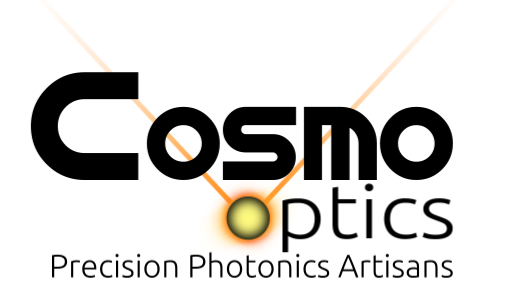
Research lead by Robert W. Boyd, the Professor of Optics and Physics at the University of Rochester, has led to a breakthrough that may change the way researchers approach photonics applications.
The breakthrough had to do with what physicists call nonlinear optics – which is the different ways materials behave contingent on the intensity of light that passes through them. Essentially, materials with greater nonlinearity are better materials because they will have more real world applications.
Photonics is all about the control and applications of light. By controlling something called the refractive index of light, we can control different aspects of light such as it’s speed. A material is considered optically nonlinear when the refractive index is different for different light intensities.
Robert W. Boyd and his team have discovered that indium tin oxide results in one-hundred times more nonlinearity than any other known material. Indium tin oxide (ITO) is a composition of indium, tin, and oxygen at varying amounts and already has a number of valuable applications such as flat-panel displays, smart windows, polymer-based electronics, thin film photovoltaics, solar cells, and infrared-reflecting coatings (hot-mirrors) for automotives.
The only reason Boyd and his team made this discovery is because they exploited the material under very specific conditions known as the epsilon-near-zero region.
“This result is a game-changer for photonics applications,” stated Boyd. “I find it very rewarding that even after all this time there are still fundamental questions to be answered in the field of nonlinear optics. Robert W. Boyd has worked within this field of study for over 30 years in Rochester, and is obviously excited about his findings. The results have been published on the journal Science, which you can find at this link.
Indium tin oxide (ITO) in addition to being highly nonlinear also recovers quickly, which is another reason it is an extremely attractive material to researchers.
“This material has been around for many years, but until now the community has overlooked the potential that the ‘epsilon-near-zero’ region of material offered,” said Boyd.
This discovery opens a door for more research involving the epsilon-near-zero region of materials which will most likely result in more exciting discoveries and technological innovations. It is likely that such research will result in breakthroughs and innovations in the field of optical communications.
